Curated by Claudia Praolini
FOCUS SUPERNATURE
Through the thematic focuses, the Concorto Film Festival aims to examine the phenomena and the aspects of our reality which represent a mirror of desires and contradictions that together form the complexity of human nature. In this year’s framework, something that simply could not miss is a research on the intricate relationship existing between man and nature through a series of short films that analyse it, also bearing in mind that nowadays the foundation of this relationship is the excessive use of resources and the fracture of a global balance, whose heavy consequences have already been registered for a long time now.
Our planet is at great risk due to the changes led by man, who has already modified 77% of landmass, often by dismembering nature in order to make space for residential, industrial or commercial areas, but also for livestock farming and agricultural activities. Only 23% of landmass remains intact and what the experts are worried about is the exponentially growing trend: from 1990 man has devastated 3.3 millions square km of land. That part of land which is referred to as “wilderness” (by definition “wild nature”), meaning those areas where currently no human invasive activity has been registered, agriculture included, is constantly decreasing and represents only 23% of the whole planet.
The selected shorts
Curated by Claudia Praolini
Winter in the rain forest, Anu-Laura Tuttelberg, Estonia, 2018
Udahnut Zivot, Thomas Johnson, Ivana Bošnjak, Croatia, 2019
Eli, Nate Milton, USA, 2019
California on fire, Jeff Frost, USA, 2019
Little lower than the angels, Art Collective Neozoon, Germany, 2019
Cracking sound, Kaihlanen Hanna, Finland, 2019
The fourfold, Telengut Alisi, Canada, 2020
The Sasha, Maria Molina Peirò, 2019, The Netherlands
WINTER IN THE RAIN FOREST – seen by Vanessa Mangiavacca
Anu-Laura Tuttlberg was able to create, literally with her own hands, a personal jungle inhabited by surreal porcelain creatures, which represent the fragility of an entire ecosystem. Shining and glittering, perfect in each of its anatomical curves: a dreamlike fauna gains its own immaculate space, within which plays of light and symphonies mark the passage of time. In this short work, shot in 16mm and animated in stop motion, is enclosed the clear and sensitive vision of its creator: the result is a dance with nature in which the human being is gently invited to participate.
UDAHNUT ZIVOT – seen by Vanessa Mangiavacca
This animation from Croatia tells us, among dark, evocative atmospheres of rare sensitivity, the link between man and nature through the practice of taxidermy: in this case it has a double and new function, which aims not only to the physical preservation of the animal’s body, but also to the preservation of its visual memories, random flashes, mixes of lights and colours otherwise unthinkable. The human being uses these memories and imbued lives again as proof of his own artistic talent: but there is something more in the protagonist, in the way she stuffs the beings of the forest and returns them to their habitat, so dead, so alive.
This way, an inexplicable connection is established between nature itself and her who is the guarantor and protector of the memory of those creatures. Behind the dark and evocative colours of Svankmajer’s universe lies a melancholy tale of multiple readings and incredible stylistic and structural perfection.
ELI – seen by Sofia Brugali
“I feel things more than most people.”
Two versions of the same story, one by Eli and the other by doctor Harper: is it a benign cyst to cause the protagonist’s sleeping disorder? Or is it a piece of meteor, that a racoon has put in his ear? Is it a tinnitus what he hears? Or is it rather the universe’s frequency of vibration?
In his last animated project, Nate Milton rethinks some events from his past in light of the diagnosis of bipolar disorder, originally dealing with mental illness. External and internal reality, sci-fi and realistic situations are harmonized during the journey to the discovery of a new self, an intimate process which is enhanced by Milton’s distinctive stroke and universalized by the musical choice.
In spite of the plot being somehow ambiguous, due to its personal inspiration (the filmmaker’s aim is to understand himself, not to be understood by the audience), the short film is strongly empathic. The spectators can feel the story’s truth, rather than understand it rationally.
CALIFORNIA ON FIRE – seen by Vanessa Mangiavacca
Every year because of the wildfires, incalculable hectares of Californian forest disappear, making that side of the American west coast a corner of terrestrial hell: among the causes of this phenomenon, in addition to climate change, the improper and reckless intervention of man is to be considered (dwellings that invade natural space together with piles of flammable material). Jeff Frost describes this phenomenon only with the power of the image, a crude portrait of reality: twenty minutes of hundreds of time-lapse photos depict those uncontrollable flames and the vain attempt to tame them. The work does not follow a precise narrative but develops in several chapters, corresponding to the five stages of grief: denial, anger, negotiation, depression, and acceptance. There is no moral lesson except clear evidence of the crime that man is committing. Sound plays a fundamental role together with those vivid images, in a melancholy visual poetry of horror. A strong sense of guilt and impotence prevails in the background, soon buried under a veil of soot.
LITTLE LOWER THAN THE ANGELS – seen by Vanessa Mangiavacca
Despite the confirmations of science, where do we come from remains a question that is persistently gripping a large part of Western culture. To date, 42% of Americans believe in creationism: a paradoxical conception in which science itself becomes opinion and supposition in favour of the idea of a divine “intelligent design”. Through the practice of found footage, often employed by them, the Neozoon collective cleverly unmasks the contradictions of this belief, through an acute correlation of videos, images and words taken from YouTube.
It is hard to imagine how many more times man will use religion to satisfy his own anthropocentrism and justify the uncontrolled and selfish supremacy he exercises over the animal kingdom, nature, and the entire Earth.
CRACKING SOUND – seen by Sofia Brugali
Hanna Kaihlanen’s documentary is an experimental work made of amateur, fragmented shots. The images of a lumberjack, a hunter and a group of storm chasers alternate on the screen, subtly linked by the technology that mediates between them and the environment. Woodcutter machines, rifles, barometers: they are all instrument of exploitation, destruction, measurement. They detach man from his responsibilities, they raise him to the role of master. Yet, following the route towards the tempest, the spectators can’t help but feel the growing excitement of the storm chasers, the adrenalin that rises from the pure appreciation of natural power, the romantic Sublime. The rumble of the thunder is the peak of the expectation’s climax: nature has spoken, the threat of the Apocalypse is renewed.
A vertical short film whose gaze goes from the earth to the sky and from men’s fragmented activities to nature’s all-encompassing action.
THE FOURFOLD – seen by Sofia Brugali
Alisi Telengut’s shortfilm creates a brief mystical experience, celebrating her roots by mixing traditional spirituality with her own artistic freedom. Frame by frame, the spectators perceive the world as it is understood by animist cults and shamanic rituals from Mongolia and Siberia. It isn’t such a static concept as the Western “environment”; indeed, it is linked with a lively, moving nature, celebrated as a home and worshipped as a deity. Colours are the visual expression of this vitality, insomuch as they shape, destroy and then recreate the animation’s setting. Their never-ending motion blends the boundaries between subject and object, distinguishes and connects everything. The movement overcomes even the limits between image and sound, finding a natural foundation in the voices of Huun Huur Tu with the Angelite choir .
THE SASHA – seen by Sofia Brugali
In some central African cultures, there is a place of permanence after death, inhabitated by the spirits of those who are still remembered by the living, neither alive nor dead: the Sasha. From this introduction evolves María Molina Peiró’s shortfilm, an experimental exploration focused on human will to last and overcome space-time limits. This common feeling is embodied in Charles Duke, who in 1972 became the youngest astronaut to walk on the Moon, as a member of the Apollo 16. His photographs flow faster and faster under the eye of the spectators, as the story reaches the present, the age of speed. While real life become increasingly hectic, a new world comes to see its dawn: the cyberspace, an expanding cosmos whose Moon has freezed and appears now as it was in Duke’s photos. It’s a universe where Sasha linger, free from the intrinsic insecurity of the human condition.


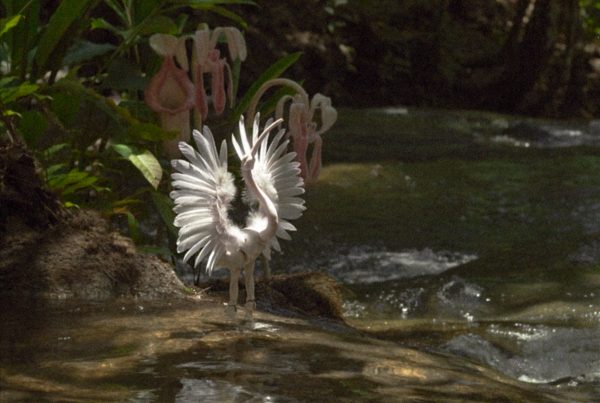
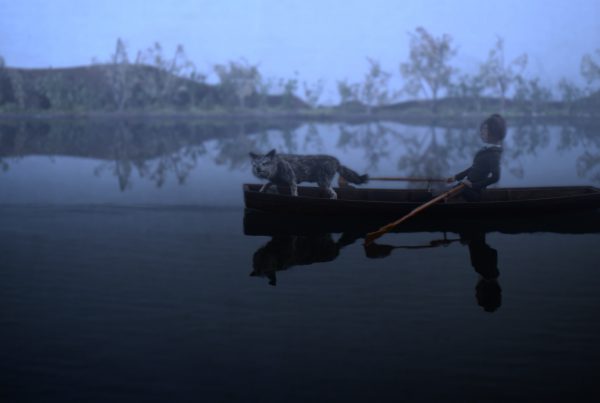
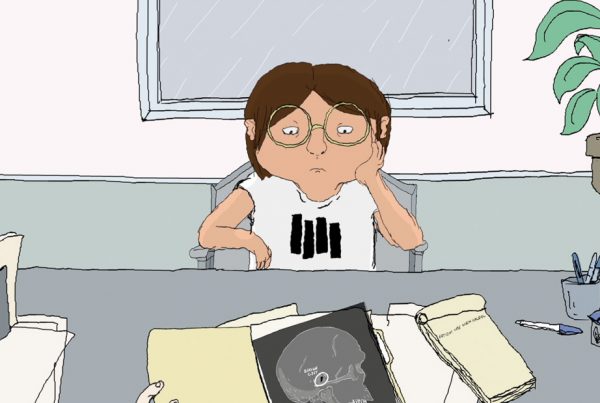
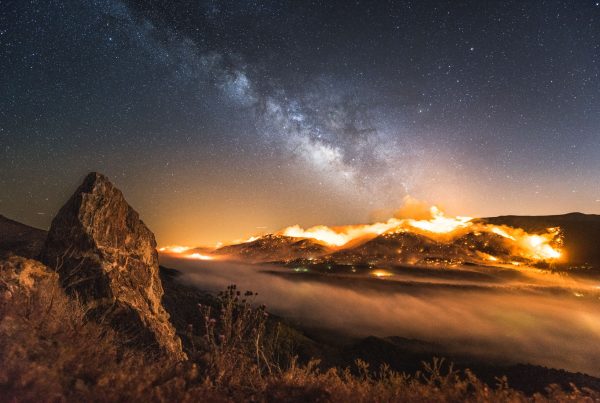

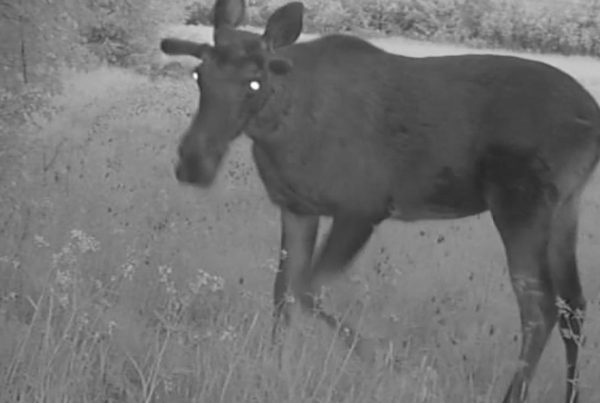
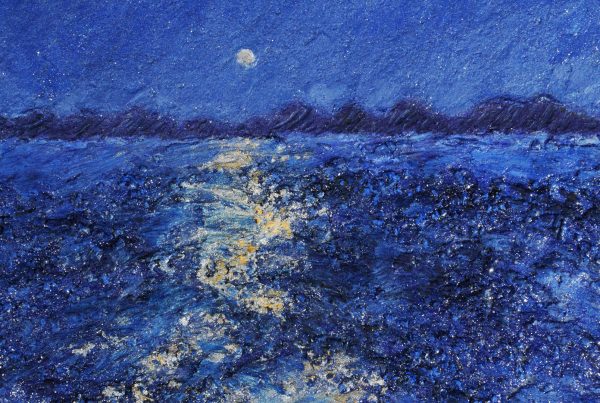

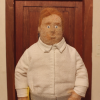
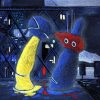


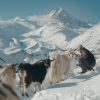

Commenti recenti